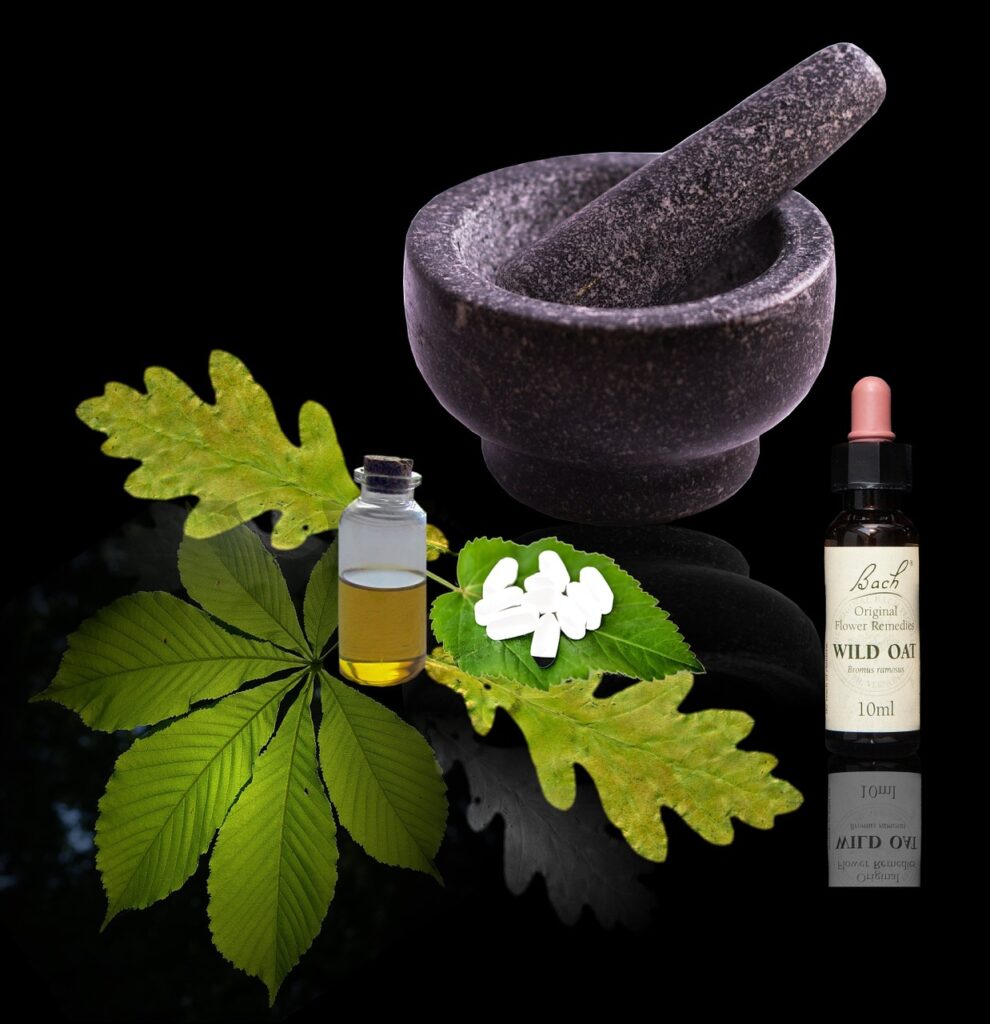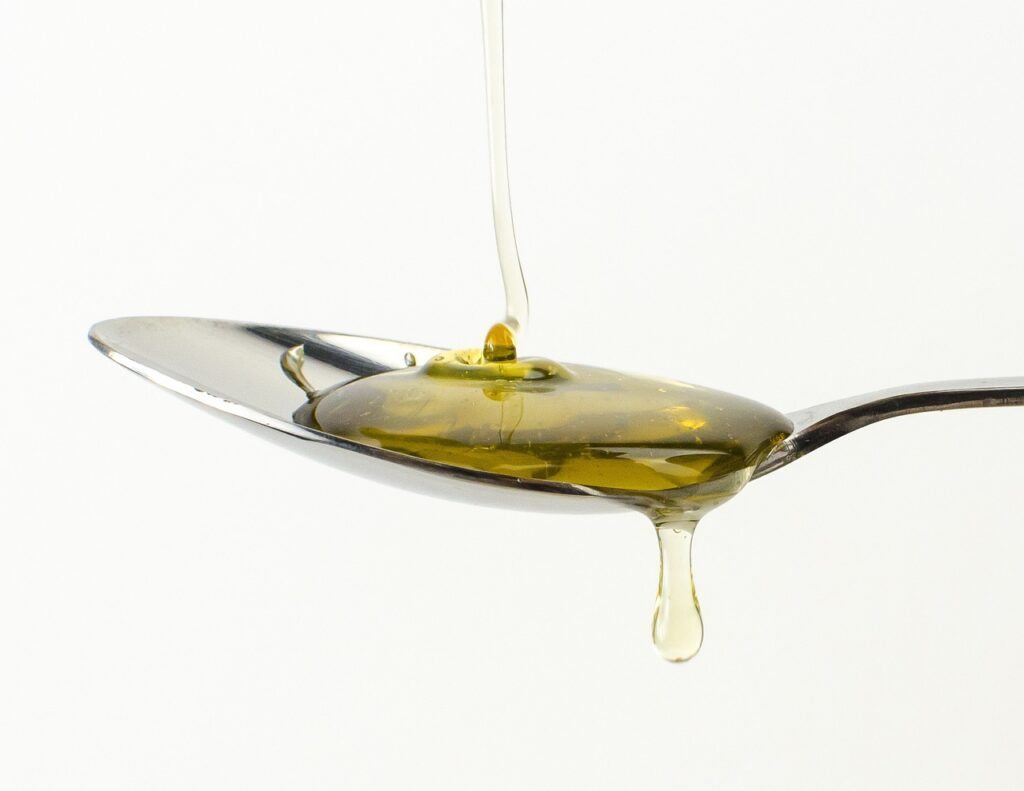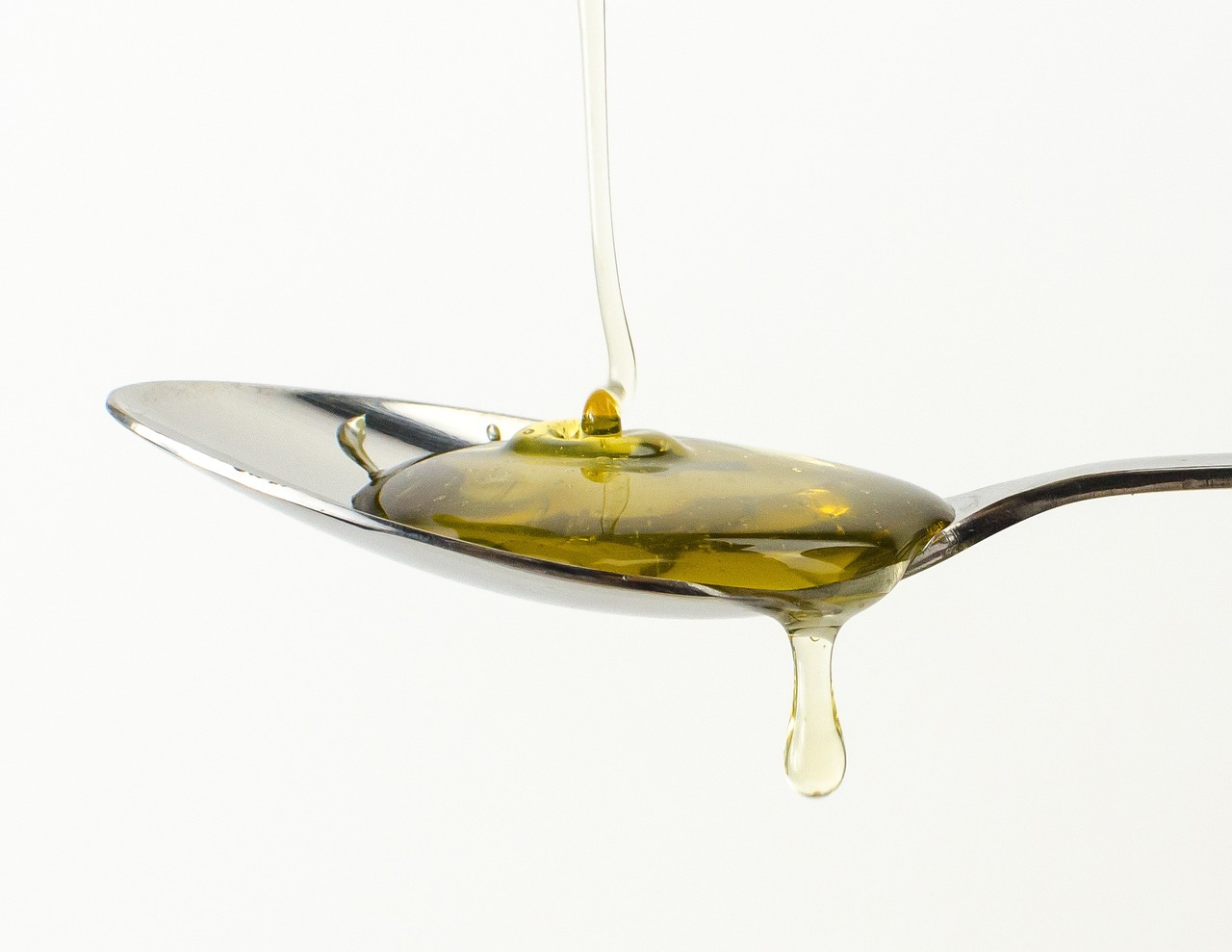Are migraines interrupting your daily life and leaving you searching for relief? Look no further! In this article, we will explore the top natural remedies that can help alleviate the excruciating pain and discomfort associated with migraines. Whether it’s a soothing cup of herbal tea or a gentle massage, these remedies are readily available and can provide much-needed relief from migraines without any harsh side effects. Say goodbye to those debilitating headaches and embrace the healing powers of nature.

Essential Oils
Lavender oil
Lavender oil is known for its calming and soothing properties, making it a popular choice for migraine relief. This essential oil has been used for centuries to alleviate headaches and promote relaxation. When applied to the temples or forehead, lavender oil can help reduce the intensity and duration of migraines. Its pleasant scent also aids in reducing stress and anxiety, which are common triggers for migraines.
Peppermint oil
Peppermint oil is another powerful essential oil that can provide relief from migraines. Its cooling sensation and analgesic properties can help to relax the muscles and reduce the pain associated with migraines. When applied topically to the temples or back of the neck, peppermint oil can help alleviate tension and decrease the frequency and severity of migraines. Additionally, inhaling the aroma of peppermint oil can provide a refreshing and invigorating experience, helping to improve mood and reduce stress levels.
Rosemary oil
Rosemary oil is known for its aromatic and analgesic properties, making it an effective natural remedy for migraines. This essential oil has been used for centuries to alleviate headaches, improve circulation, and reduce inflammation. When applied topically to the temples or forehead, rosemary oil can help alleviate pain and promote relaxation. Its invigorating and uplifting scent can also help improve mental clarity and ease mental fatigue, common symptoms associated with migraines.
Herbal Remedies
Butterbur
Butterbur is a herb that has been traditionally used for its medicinal properties, including migraine relief. Its extract, obtained from the root of the butterbur plant, has been shown to have anti-inflammatory and muscle-relaxing effects, which can help reduce the frequency and intensity of migraines. Butterbur has been found to be as effective as certain prescription medications in preventing migraines, without the side effects. However, it is important to consult with a healthcare professional before using butterbur extract to ensure proper dosage and safety.
Feverfew
Feverfew is a flowering plant commonly used in herbal medicine for its migraine-relieving properties. It contains compounds that can help reduce inflammation and prevent the release of chemicals that can trigger migraines. Feverfew has been shown to be effective in reducing the frequency and severity of migraines when taken regularly. It is available in different forms, including capsules, teas, and extracts. As with any herbal remedy, it is important to consult with a healthcare professional before using feverfew to determine the proper dosage and suitability for individual needs.
Ginger
Ginger is a versatile herb with many health benefits, including migraine relief. It contains compounds called gingerols, which have anti-inflammatory and analgesic properties. Ginger can help reduce pain and inflammation associated with migraines, as well as alleviate nausea and vomiting, common symptoms of migraines. Consuming ginger tea or taking ginger supplements can provide relief and promote overall well-being. It is important to note that ginger may interact with certain medications, so it is advisable to seek medical advice before incorporating ginger into your routine.
Dietary Changes
Avoid trigger foods
One of the key dietary changes that can help with migraine relief is avoiding trigger foods. Trigger foods vary from person to person, but some common ones include chocolate, caffeine, aged cheeses, and processed meats. These foods contain substances that can trigger migraines in susceptible individuals. By identifying and avoiding trigger foods, you can reduce the frequency and severity of migraines.
Increase magnesium intake
Magnesium is an essential mineral that plays a role in various bodily functions, including nerve function and blood vessel dilation. Studies have shown that magnesium deficiency may be linked to migraines, and increasing magnesium intake can help reduce the frequency and intensity of migraines. Foods rich in magnesium include almonds, spinach, pumpkin seeds, and dark chocolate. Additionally, magnesium supplements are available for those who may not be getting enough through their diet alone.
Stay hydrated
Dehydration has been identified as a potential trigger for migraines. It is important to stay hydrated throughout the day to prevent dehydration and reduce the risk of migraines. Drinking an adequate amount of water can help maintain proper hydration levels and support overall health. Additionally, consuming hydrating foods such as fruits and vegetables can contribute to hydration and provide essential nutrients.
Acupuncture
Effects on migraines
Acupuncture is an ancient Chinese practice that involves the insertion of thin needles into specific points on the body. It is believed to rebalance energy flow and promote healing. Acupuncture has been found to be effective in reducing the frequency, intensity, and duration of migraines. It is thought to work by stimulating the release of endorphins, natural pain-relieving chemicals in the body, and by modulating the neurotransmitters involved in pain perception.
Recommended frequency
The recommended frequency of acupuncture sessions for migraine relief varies depending on individual needs and the severity of migraines. Initially, frequent sessions may be recommended, such as once or twice a week, to achieve optimal results. Over time, as migraines improve, the frequency may be decreased to once a month or as needed for maintenance. It is important to consult with a qualified acupuncturist to develop a personalized treatment plan.
Potential benefits
Acupuncture offers a holistic approach to migraine relief, addressing not only the symptoms but also the underlying imbalances in the body. In addition to reducing the frequency and severity of migraines, acupuncture can also help manage stress, improve sleep, and enhance overall well-being. It is considered a safe and natural treatment option, with minimal side effects. However, it is recommended to seek treatment from a licensed acupuncturist to ensure safe and effective results.

Biofeedback
Training to control physiological responses
Biofeedback is a technique that involves monitoring and learning to control physiological processes in the body, such as heart rate, blood pressure, and muscle tension. It utilizes electronic devices that provide real-time feedback on these responses, allowing individuals to gain awareness and control over their body’s reactions. Biofeedback training can be helpful for migraines, as it targets the physiological changes associated with migraines, such as muscle tension and increased heart rate.
Effectiveness in migraine relief
Research has shown that biofeedback training can be effective in reducing the frequency and severity of migraines. By learning to recognize and control the physiological responses that contribute to migraines, individuals can effectively manage their symptoms and prevent migraine attacks. Biofeedback can provide long-term benefits and empower individuals to take an active role in their migraine management.
Techniques and devices
Biofeedback techniques can vary, but they commonly involve relaxation exercises, deep breathing, and guided imagery. These techniques help individuals achieve a state of relaxation and reduce stress, which are common triggers for migraines. Biofeedback devices, such as electromyography (EMG) sensors for muscle tension monitoring and heart rate variability (HRV) monitors, provide real-time feedback during training sessions. These devices can be used in conjunction with professional guidance or self-guided at home with proper instruction.
Exercise and Relaxation Techniques
Regular physical activity
Engaging in regular physical activity can have numerous benefits for migraine relief. Exercise helps to reduce stress, improve circulation, and release endorphins, which are natural pain-relieving chemicals in the body. Aim for at least 30 minutes of moderate-intensity exercise, such as brisk walking or cycling, on most days of the week. It is important to choose activities that are enjoyable and sustainable to maintain a consistent exercise routine.
Yoga and meditation
Yoga and meditation are relaxation techniques that can help alleviate stress and promote a sense of calm. These practices involve gentle stretching, deep breathing, and mindful awareness, which can help reduce the frequency and intensity of migraines. Yoga and meditation also provide an opportunity to connect with the body and mind, fostering self-care and overall well-being.
Progressive muscle relaxation
Progressive muscle relaxation is a technique that involves systematically tensing and relaxing different muscle groups in the body. This practice helps to release muscle tension and promote relaxation, making it beneficial for migraine relief. By learning to identify and release tension in the body, individuals can manage the physical symptoms associated with migraines and prevent their onset.

Cold and Hot Compresses
Cold compresses for numbing pain
Cold compresses can be an effective natural remedy for numbing pain associated with migraines. Applying a cold compress, such as a cold pack or a cloth soaked in cold water, to the temples or the back of the neck can help constrict blood vessels and reduce inflammation, providing temporary relief from migraines.
Hot compresses for muscle tension relief
Hot compresses can be beneficial for relieving muscle tension, which is a common symptom of migraines. Applying a hot compress, such as a heated towel or a warm water bottle, to the area affected by muscle tension can help relax the muscles and alleviate discomfort. It is important to use a temperature that is comfortable and safe for the skin.
Alternating between cold and hot compresses
Some individuals find relief from migraines by alternating between cold and hot compresses. This technique, known as contrast therapy, involves applying a cold compress for a few minutes, followed by a hot compress for a few minutes, and repeating the process several times. The alternating temperatures can help improve circulation, reduce pain, and promote relaxation.
Hydrotherapy
Hot water therapy
Hot water therapy, such as taking a warm bath or shower, can provide relief from migraines by promoting relaxation and improving circulation. The heat from the water can help relax tense muscles, reduce pain, and alleviate stress. Adding essential oils, such as lavender or rosemary, to the bathwater can enhance the soothing effects.
Cold water therapy
Cold water therapy, such as applying cold water to the face or immersing the hands in cold water, can help constrict blood vessels and reduce inflammation, providing relief from migraines. Cold water can also help relieve pain and numb the affected area. It is important to use cold water safely and avoid prolonged exposure to prevent discomfort or injury.
Contrast therapy
Contrast therapy involves alternating between hot and cold water to stimulate circulation and promote relaxation. This therapy can be done by immersing the hands or feet alternately in warm and cold water, or by using a contrast shower, alternating between hot and cold water. Contrast therapy can help reduce pain, alleviate muscle tension, and improve overall well-being.

Sleep and Stress Management
Maintain a regular sleep schedule
Sleep plays a crucial role in managing migraines. It is important to maintain a regular sleep schedule, aiming for 7-9 hours of quality sleep per night. Consistency in sleep patterns helps regulate circadian rhythms and minimize disruptions that can trigger migraines. Creating a relaxing bedtime routine, such as dimming the lights and avoiding electronics before bed, can promote better sleep quality.
Reduce stress through relaxation techniques
Stress is a common trigger for migraines, and managing stress is essential for migraine relief. Engaging in relaxation techniques such as deep breathing, meditation, and guided imagery can help reduce stress levels and promote a sense of calm. Taking breaks throughout the day to practice relaxation techniques can be beneficial for managing stress and preventing migraines.
Create a calm sleep environment
Creating a calm sleep environment can contribute to better sleep quality and migraine relief. Ensure that your bedroom is dark, quiet, and at a comfortable temperature. Use blackout curtains, earplugs, or white noise machines to block out any external stimuli that can disrupt sleep. Investing in a supportive mattress and pillow can also enhance comfort and promote relaxation.
Supplements
Riboflavin (vitamin B2)
Riboflavin, also known as vitamin B2, is a water-soluble vitamin that plays a role in energy production and antioxidant function in the body. Studies have shown that riboflavin supplementation can help reduce the frequency and duration of migraines. It is recommended to take a daily dose of 400 mg of riboflavin to experience the benefits. However, it is important to consult with a healthcare professional before starting any new supplement regimen.
Coenzyme Q10
Coenzyme Q10 is a naturally occurring compound in the body that is involved in cellular energy production. Supplementing with coenzyme Q10 has been shown to reduce the frequency and severity of migraines, possibly due to its antioxidant and energy-enhancing effects. A daily dose of 100-300 mg is typically recommended for migraine relief. As with any supplement, it is advisable to consult with a healthcare professional before starting coenzyme Q10.
Magnesium
Magnesium is an essential mineral that plays a role in various bodily functions, including nerve function and blood vessel dilation. Studies have shown that magnesium supplementation can help reduce the frequency and intensity of migraines. It is recommended to take a daily dose of 400-600 mg of magnesium for migraine relief. However, it is important to consult with a healthcare professional before starting magnesium supplementation to determine the proper dosage and suitability for individual needs.
In conclusion, migraine relief can be achieved through various natural remedies and lifestyle changes. Essential oils such as lavender, peppermint, and rosemary can provide soothing effects and alleviate pain. Herbal remedies like butterbur, feverfew, and ginger can help reduce inflammation and prevent migraines. Making dietary changes such as avoiding trigger foods, increasing magnesium intake, and staying hydrated can significantly improve migraine symptoms. Using alternative therapies like acupuncture, biofeedback, and hydrotherapy can target the physiological and psychological aspects of migraines. Incorporating exercise, relaxation techniques, and hot and cold compresses into your routine can provide relief and prevent migraines. Managing sleep and stress is crucial for migraine relief, and supplements like riboflavin, coenzyme Q10, and magnesium can complement these natural remedies. By adopting these natural remedies and lifestyle changes, you can take control of your migraines and experience long-term relief.
